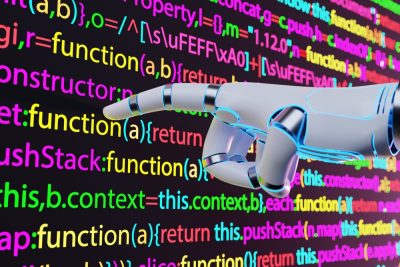Highlights:
- Recently, Google LLC revealed plans to introduce Bard, an Artificial Intelligence (AI) search engine that can provide in-depth, natural language responses to user inquiries.
- Bard has a chatbot user interface like ChatGPT from OpenAI LLC. Bard responds to a user’s search query with a thorough, natural-language response rather than a list of website links. The chatbot can handle input of various complexity levels, including sophisticated inquiries like requests for simplified explanations of important scientific breakthroughs.
Recently, Google LLC revealed plans to introduce Bard, an artificial intelligence search tool that can provide in-depth, natural language responses to user inquiries.
Google CEO Sundar Pichai explained in a blog post that a selected number of “trusted testers” will be the first to have access to Bard. The service will soon be made more widely accessible, according to the search engine giant. Google will simultaneously introduce several additional new AI-driven search capabilities.
Bard has a chatbot user interface like ChatGPT from OpenAI LLC. Bard responds to a user’s search query with a thorough, natural-language response rather than just a list of website links. The chatbot can handle input of various complexity levels, including advanced inquiries like requests for simplified explanations of significant scientific breakthroughs.
Sundar Pichai, said, “Bard seeks to combine the breadth of the world’s knowledge with the power, intelligence, and creativity of our large language models. It draws on information from the web to provide fresh, high-quality responses.”
LaMDA, a large language model introduced by Google in 2021, powers Bard. LaMDA is built on a neural network architecture referred to as the Transformer architecture. The design allows neural networks to consider the context of a word or sentence while attempting to identify its meaning, making them more accurate than early AI models.
The capacity to comprehend text effectively is particularly essential for search applications. The Transformer design helps search algorithms to interpret complicated user queries and locate relevant material.
Google said the AI model was trained on a dataset containing 1.56 trillion words in May last year, a year after LaMDA made its debut. The search engine giant also claimed that the most advanced version of LaMDA has 137 billion parameters. The settings that control how an AI model analyzes data are known as parameters.
According to Google, the following initial release of Bard will be driven by a lightweight version of LaMDA that has been tuned for hardware efficiency. Sunder Pichai said, “This much smaller model requires significantly less computing power, enabling us to scale to more users, allowing for more feedback. We’ll combine external feedback with our internal testing to make sure Bard’s responses meet a high bar for quality, safety, and groundedness in real-world information.”
Google aims to bring out many new AI-powered search features, including Bard. Google will also equip its search engine with tools that “distill complex information and multiple perspectives into easy-to-digest formats, so you can quickly understand the big picture and learn more from the web,” Pichai explained. The update is anticipated to be released soon.
Google will simultaneously launch a new AI service for developers. The Generative Language API service will be accessible the following month. It will enable access to LaMDA at launch, supporting more neural networks to be implemented in the future.
Microsoft Corporation revealed plans to have a press event on Tuesday at their offices in Redmond, Washington, only minutes after Google unveiled Bard today. The corporation did not specify the event’s focus. Recent rumors imply that Microsoft’s Bing conversational search function is powered by an updated version of OpenAI’s ChatGPT chatbot.














